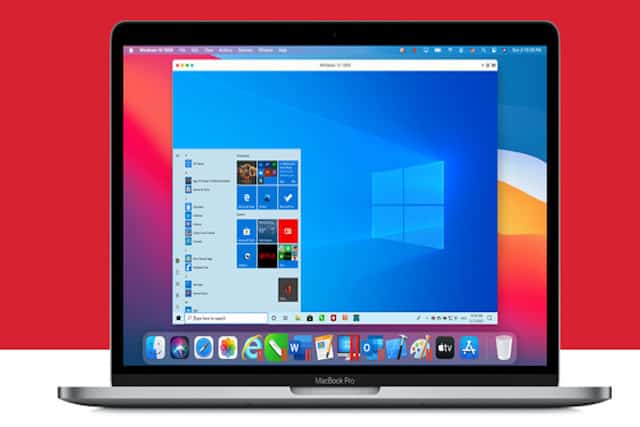Virtualization software Parallels announced today that it has released Parallels 16.5 which is officially compatible with M1 chip Macs.
We rated Parallels the best way to run Windows on a Mac and support for Apple silicon ARM M1 chip Macs makes it one of the first and only ways to run Windows on M1 Macs especially since Boot Camp is no longer available on them.
Parallels Senior Vice President of Engineering and Support, Nick Dobrovolskiy said about the release:
Apple’s M1 chip is a significant breakthrough for Mac users. The transition has been smooth for most Mac applications, thanks to Rosetta technology. However, virtual machines are an exception and thus Parallels engineers implemented native virtualization support for the Mac with M1 chip. This enables our users to enjoy the best Windows-on-Mac experience available.
According to Parallels, there are also some significant performance enhancements in the M1 chip compatible version including:
- Up to 250 percent less energy used: On a Mac with an Apple M1 chip, Parallels Desktop 16.5 uses 2.5 times less energy than on a 2020 Intel-based MacBook Air computer.
- Up to 60 percent better DirectX 11 performance: Parallels Desktop 16.5 running on an M1 Mac delivers up to 60 percent better DirectX 11 performance than on an Intel-based MacBook Pro with Radeon Pro 555X GPU.
- Up to 30 percent better virtual machine performance (Windows): Running a virtual machine (VM) of Windows 10 on ARM Insider Preview on Parallels Desktop 16.5 on an M1 Mac performs up to 30 percent better than a Windows 10 VM running on Intel-based MacBook Pro with Intel Core i9 processor.
There are a few catches to be aware of though when installing Windows with Parallels on an M1 Mac.
Since the M1 is an ARM (Advanced RISC Machine) chip, Parallels can only run the “Windows 10 for ARM” version of Windows not the standard Intel version that’s installed on most computers.
Windows 10 for ARM is not publicly available but you can download it for free as part of the Windows Insider program. Don’t worry, Parallels takes care of all this for you although you will need to sign-up for Windows Insider program first.
The other snag is that although Windows 10 for ARM can run most software that the Intel version of Windows can (thanks to something called x86 emulation) it doesn’t always work with all programs.
You may therefore find that some games or software simply don’t work and it can also be a bit slow as the emulation process takes place.
You can find full instructions on how to install Windows on M1 Macs here.
You can try the latest version of Parallels for free here.
You can check out our full review of Parallels here.
You can watch Windows running on an M1 Mac using Parallels below.


